![]()
With his sandy blond hair, bright blue eyes and shredded physique, Logan Paul could have stepped from Greek lore. The 20-year-old social media megastar who's poised to become a millionaire off goofy videos and silly stunts is, as one might imagine, not short of confidence. "I want to be the biggest entertainer in the world," he says, adding, "I'm a really confident guy."
Hate him yet? Hold up, there's a flip side.
This real-life incarnation of an animated Disney prince is also equal parts wisecracking clown and unaffected boy next door. He takes repeated potshots to that pretty face for his videos, sharing the results with the social world. He works nearly nonstop, leaves the hard-core partying to others, and sticks close to his Midwestern family roots.
Trolls, be warned: slamming Paul would be like punching a puppy. He's just that earnest and adorable. Instead of talking smack, watch where he might go, which, if he has his way, is to mainstream superstardom on the level of his idols, Will Smith and Dwayne Johnson.
![]()
Paul maintains a squeaky-clean reputation. Corey Nickols
To call him merely an "Internet star" is woefully inadequate. His pratfall-laden Facebook videos logged more than 300 million views in October alone. For some perspective, that's more than two-and-a-half times the record-breaking number of Super Bowl viewers last year.
Still, Paul's got a lot to prove. While he's already a massively popular digital influencer—with 20 million-plus fans across Vine, where he initially made his mark, as well as Instagram, Facebook, Snapchat and Twitter—and an in-demand marketing partner, with more than a dozen brand deals to his credit, he is a newbie in the broader entertainment landscape. After all, a few commercials and a guest role on Law & Order: SVU make for a rather skimpy IMDb profile. But could he have a shot at ultimately conquering Hollywood, with his unique mix of brotastic physical humor, sweet-as-pie personality, acting chops (untested as they are) and sheer determination?
"I want to be a pioneer," says Paul, after hours of posing for photos for this story in Los Angeles. (Much of that time he spends in his boxer shorts, doing his signature epic splits.) "I want to be one of the first digital stars to make the transition to traditional media."
If that sounds like so much bluster, consider that he's got three movies under his belt, including the forthcoming apocalyptic thriller The Thinning from Legendary Digital Media. He's also written his own starring vehicle, Airplane Mode, now fully financed and heading into preproduction. The adult comedy has been described as an American Pie for Gen Z—or as Paul calls it, "an Expendables with Internet stars."
Brand dude
On the brand-marketing front, Paul's video for Doritos' "Crash the Super Bowl" campaign, dubbed "Paranormal Snacktivity," was the single most-viewed of 4,500 entries in the contest, though it did not make it to the finalist round of voting.
He continues to add to a roster of digital-promo campaigns that includes work for the likes of Hanes,Dunkin' Donuts, Nike, Verizon, Pepsi and HBO. He insists he partners only with those brands he believes in and of which he is already a fan.
Though born and raised in the Midwest, Paul has binge-watched enough Entourage to realize he needs to make strategic decisions—and powerful friends—to reach his lofty goal. To that end, last year he signed with Creative Artists Agency, which so far has fielded offers for everything from television to touring to merchandise. He had already relocated to the epicenter of Hollywood—a hipster apartment complex at the intersection of Hollywood and Vine, as it happens—along with his younger brother and fellow social media star Jake Paul. He is training with drama coaches as well as comedy troupes The Groundlings and Upright Citizens Brigade.
Wherever he goes, Paul brings legions of fans who treat him "like the Beatles in the '60s," says Paul Cazers, his agent at CAA, which also reps digital stars like Hayes Grier, Jenna Marbles and Brodie Smith. "He is this generation's teen idol, and every time he presses a button on his phone, millions of people know what he's doing."
![]()
The athletic Paul is known for his physical comedy, from pratfalls to public splits. Photo: Corey Nickols
Others have tried to make the leap from Internet fame to mainstream stardom. Among those starting to emerge are PewDiePie, Rachel Bloom, Grace Helbig and Colleen Ballinger-Evans. PewDiePie has a New York Times best-seller, while Bloom just snagged lead-actress Golden Globe and Critics Choice awards for her critically hailed CW musical comedy Crazy Ex-Girlfriend and Helbig launched her own late-night show on the E! network. (While generating buzz, neither series is a ratings hit.) Meanwhile, Ballinger-Evans, better known as Miranda Sings, just landed a deal with Netflix for a half-hour comedy called Haters Back Off.
Beyond small parts in movies and TV shows, mainstream success has largely eluded Internet stars—except for singers and musicians like Justin Bieber and Shawn Mendes, notes David Schwab, svp at Octagon First Call and an expert in celebrity endorsements.
Paul's ace in the hole? His handlers point to the fact that he's a digital native who understands his millennial audience, knows marketing-speak, and has the talent and drive to become a multihyphenate. "He's very methodical and he's motivated by accomplishment," explains Jeff Levin, his manager at Collective Digital Studios. "He knows there are so many other people in this industry fighting to get where he wants to go. What separates Logan is his work ethic."
He has also established a squeaky-clean reputation, though he says he's shifting "from PG to PG-13" material as his act evolves.
Paul's best-known work thus far is decidedly slapstick in nature. His three-act mini-movies on Vine include a much-loved skit featuring a banana peel that highlights his back-flipping ability and trip-and-fall shtick. Not surprisingly, perhaps, his audience is 75 percent male.
The close-up
Growing up outside Cleveland, Paul was fascinated with photography, saving his allowance and lawn-mowing money for his first digital camera. Initially, he shot mostly flowers. "I loved the aesthetic," he says.
When he turned 10, Paul graduated to a video camera, which he and his brother used to film the sports teams they played on, uploading content to the nascent YouTube. It wasn't until they turned the camera on themselves—showing off their particular brand of goofball humor, with choreographed stunts and rehearsed sketches—that they began to realize their potential to reach beyond friends and neighbors.
And as soon as the video app Vine launched, the Paul boys were there, making a competition out of who could land more followers for their six-second snippets. Logan entered a Virgin Mobile-sponsored contest—with the fortuitous hashtag #happyaccidents—exponentially growing his Vine audience almost overnight.
Despite having been bitten by the acting bug and getting caught up in social media, Paul entered Ohio University on an engineering scholarship. "It seemed the safer route," he says. And he might've stayed past his freshman year if it weren't for a couple of things. In late 2013, video-game publisher Ubisoft offered him $1,000 to create a Vine for its Just Dance franchise. The video—featuring Paul, a speeding treadmill and a painful-looking face plant—remains the brand content with the greatest engagement on the platform. Around the same time, Paul posted a compilation of his most popular Vines on YouTube. The three-minute video got 4 million views in its first week, establishing Paul as the outrageous college dude who was willing to do almost anything to make people laugh. It would also be his entree to Los Angeles.
Fan craze
Paul has catapulted himself into an elite group of digital influencers who can command real money from the advertising community. "Social stars bring a built-in, young, active fan base," explains Schwab. Paul has proven "that he can help brands achieve their marketing objectives."
Clearly, brands are flocking to digital talent. For the first time last fall, Forbes tracked the top 10 YouTube earners, while its most recent 30 Under 30 list featured more digital influencers than ever before. Talent agencies including CAA have bolstered their digital-talent divisions. And media company Fullscreen and WPP's GroupM just introduced a new influencer-marketing unit to match personalities like Helbig and Viner Nash Grier with major brands.
"Marketers want talent that doesn't feel too polished or too Hollywoodized," explains Adrian Sexton, interim president and COO of Endemol Beyond USA, who helped launch beauty guru Michelle Phan's new Icon digital network. "An A-list movie star would look like a fish out of water on YouTube, and brands wouldn't see the engagement they want."
It goes without saying that it's also cheaper to hire Internet talent than a movie star. Paul has gone from small thousand-dollar payouts to six-figure deals. Levin says the goal is to go deeper with a few brands rather than spreading Paul too thin among scores of advertisers.
One of his higher-profile marketing partnerships has been with Hanes, the underwear brand that hired Paul in mid-2014 for a social campaign to promote its stay-cool X-Temp line. For the brand, Paul attended several well-trafficked summer events, where he churned out digital shorts based on dares from his fans. One of the most popular videos has him dressed as a matador at New Orleans' version of the running of the bulls—which features roller-derby girls rather than livestock—as he shouts "Olé!" and fends off skaters. A twist ending has a huge trash can smacking him in the face.
The response knocked the socks off Hanes executives. The campaign earned 3.8 million impressions on Twitter (a record-breaker at the time), 750,000 Facebook views and nearly 38 million Vine loops (the platform's metric for views), well above the norm for such material, notes Hanes chief branding officer Sidney Falken. "We kept checking the numbers because none of us expected to see that level of engagement," says Falken, who raves about Paul's talent. "He was so creative and inventive. He was a perfect thematic fit, and he delivered on the message in such a fun way."
Dunkin' Donuts had a similarly positive experience after it asked Paul to help boost the profile of its loyalty program and mobile app. (Paul's face is emblazoned on a gift card.) "We immediately saw the power of his brand," says Nick Dunham, the brand's director of media. One of Paul's Vines for Dunkin' snagged 4 million loops. "He kept everything in his tone of voice but married it perfectly with our brand," says Dunham.
Of course, Paul's team touts his digital stats at every turn—yet no one is more up on his impressive data than Paul himself. He mentions that he helped increase ratings for Law & Order: SVU by 20 percent among adults 18-34 when he played a cyber-villain on the NBC series, and that in November he helped spur 25,000 Dunkin' Donuts gift card purchases, 32 percent of the total for the month. Paul carefully tracks his Vine ranking (currently No. 7 in the world) and crows like a proud papa that his beloved pet, Maverick the Parrot, has amassed 103,000 Instagram followers.
Whatever happens in Hollywood, Paul says he will never turn his back on social media—even as he understands its limitations. "Social media has a lifespan; I'm aware of that," he says, stressing that he does not aspire to be a 40-year-old Vine star. "But I started from nothing and built this fan base and they'll follow me to the ends of the Earth. They know we're in this journey together."
This story first appeared in the Jan. 25 issue of Adweek magazine. Click here to subscribe.
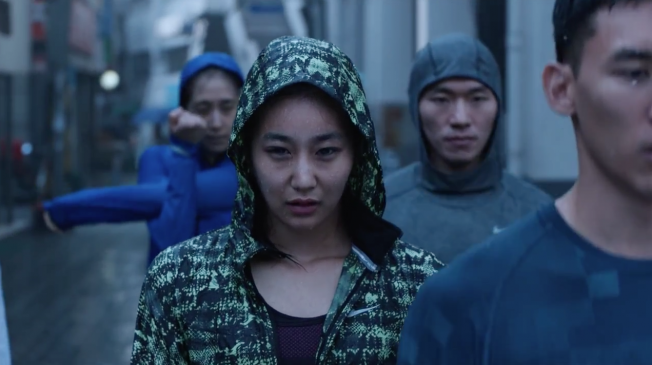






















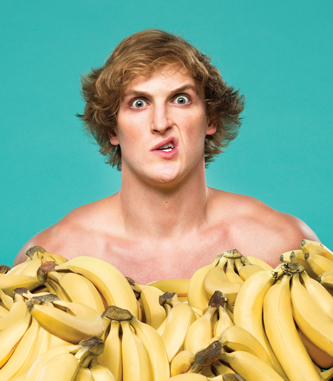
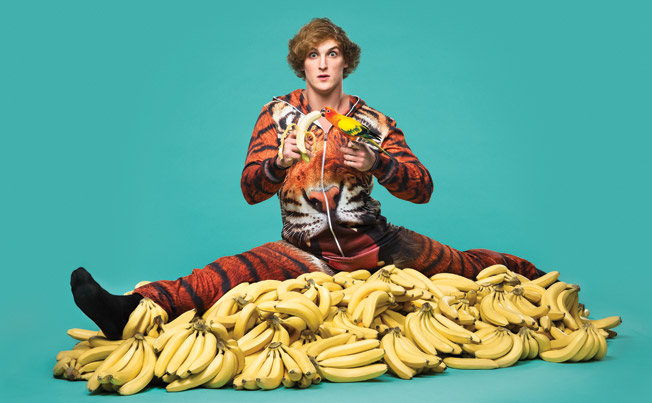


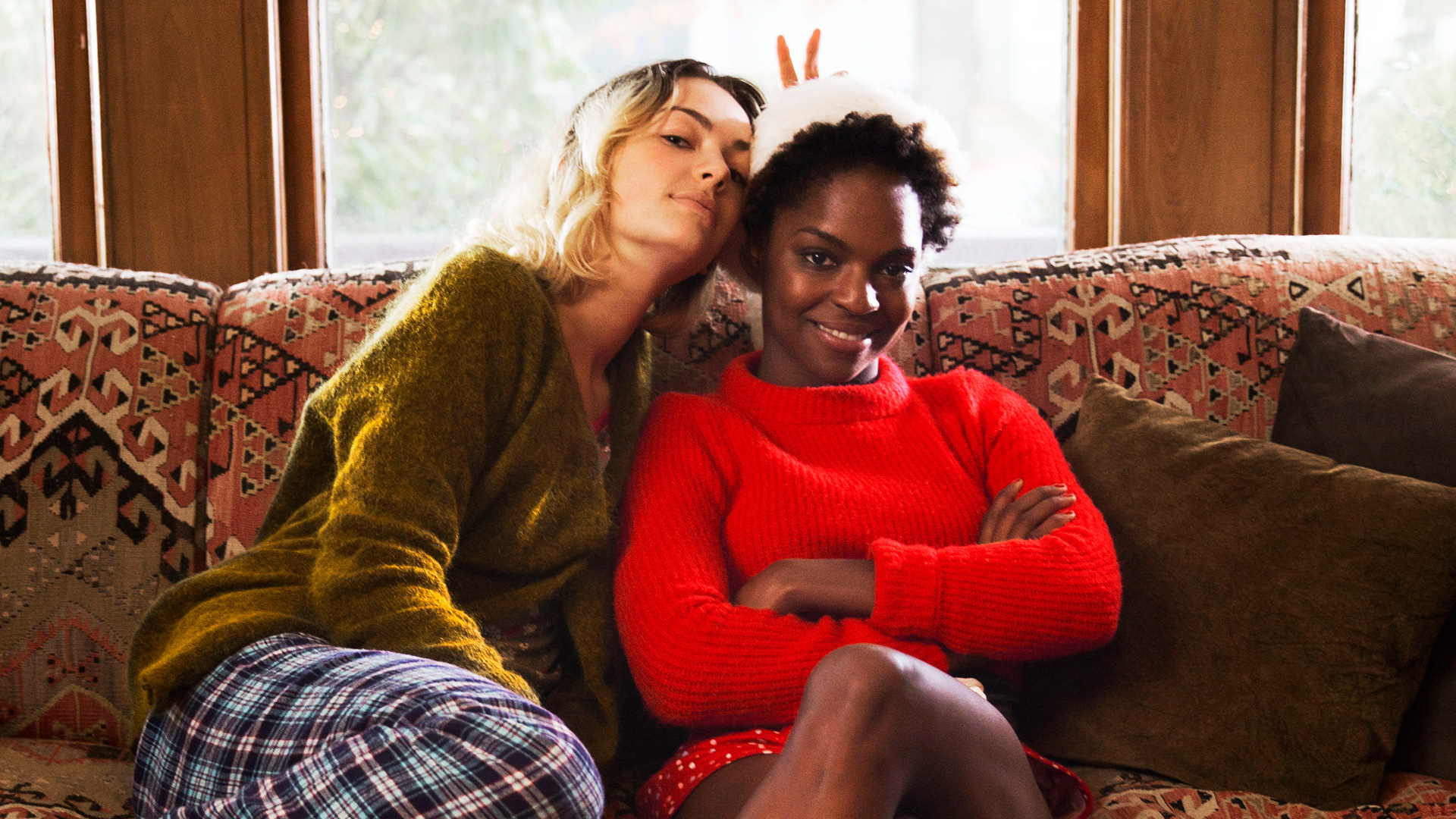
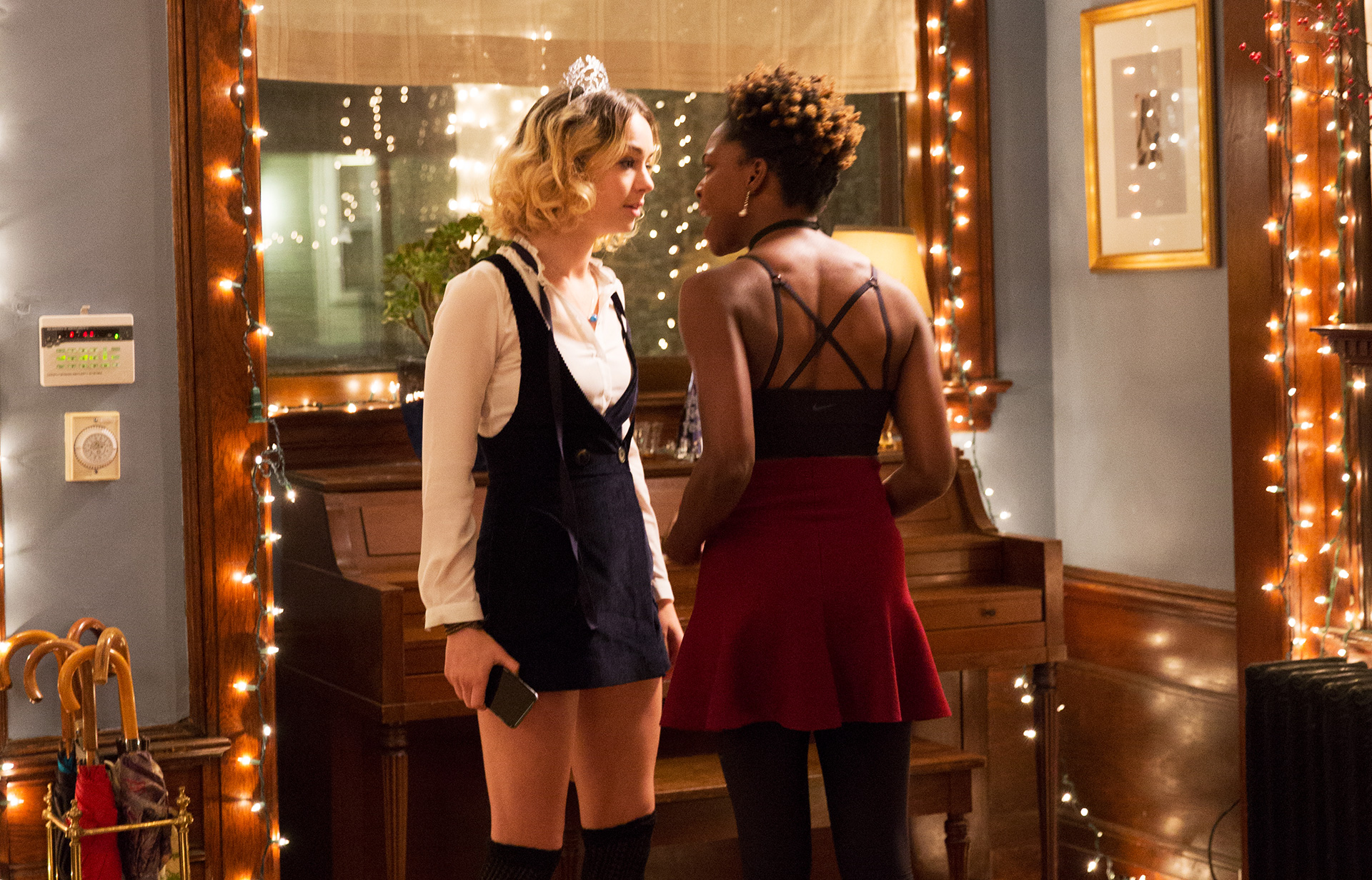
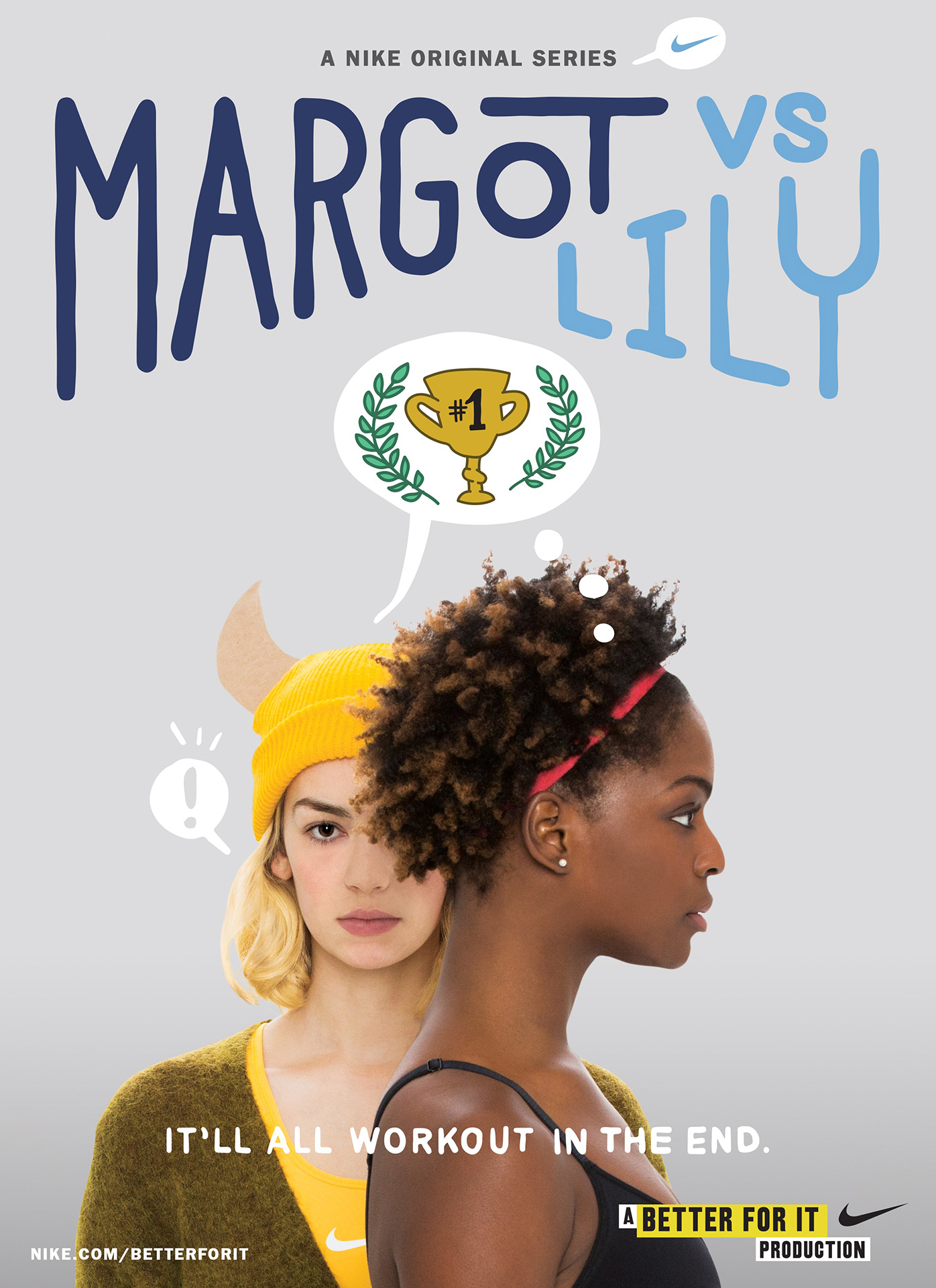



.jpg)


